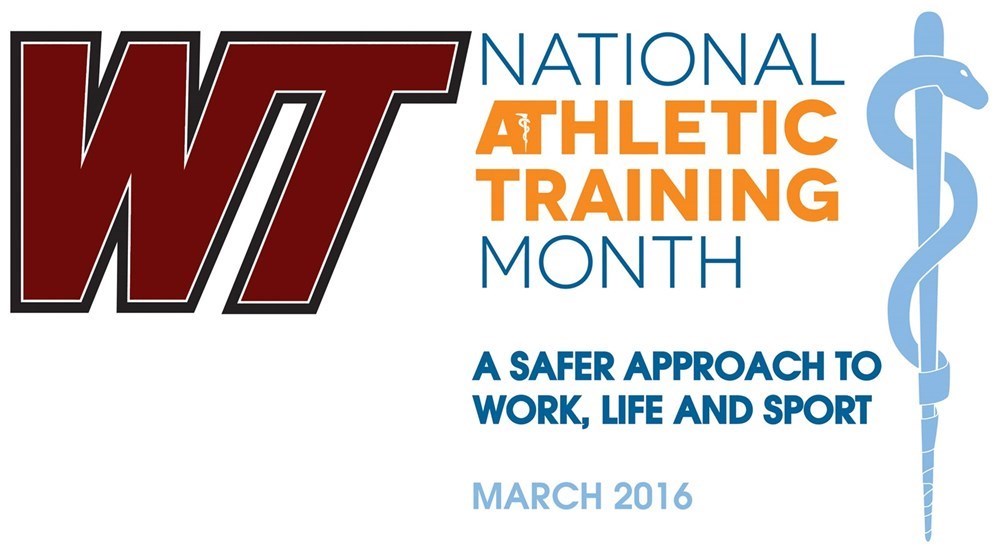
Lorna Strong, head of the Department of Sports and Exercise Sciences at West Texas A&M University, will be inducted into the Southwest Athletic Trainers’ Association (SWATA) 2016 Hall of Fame during the organization’s annual meeting July 21-23 in Arlington. Strong is one of five Hall of Fame inductees to be honored at the meeting.
The SWATA Hall of Fame is the highest honor a member can receive and recognizes dedicated service, past achievements and professional contributions that have furthered the advancement of the SWATA and the athletic training profession. Those selected must have been a seasoned athletic trainer, a certified or associate member in good standing and a member of District VI.
Strong is a longtime active member of SWATA and has served at the local, state, district and national levels. Her leadership or committee experiences include roles with the Arkansas Athletic Trainers’ Association, the Panhandle Sports Medicine Society, the Southwest Athletic Trainers’ Association, National Athletic Trainers’ Association, and the Board of Certification. Her most recent positions include SWATA Executive Board positions as parliamentarian and district secretary, NATA District Secretaries/Treasurers Committee and the NATA Honors and Awards Most Distinguished Athletic Trainer Subcommittee.
The Hall of Fame induction adds to Strong’s impressive list of honors, which includes the 2015 Eddie Wojecki Award, 2012 NATA Most Distinguished Athletic Trainer Award, 2010 Bobby Gunn Unsung Hero Award, the 2007 National Athletic Trainers Association Athletic Trainer Service Award and the 2002 Top of Texas Athletic Trainer of the Year. University awards include the 2013 University Professional Service Award, 2008 WTAMU Alumni Association University Excellence Award, College of Nursing and Health Sciences Dean’s Award for Service Excellence, Faculty Development Grants and the 2003 Department of Sports and Exercises Outstanding Professor Award.
Strong earned a bachelor’s degree in human performance health science with an emphasis in sports medicine in 1990 from Rice University. She received her master’s degree in exercise science in 1993 from the University of Central Arkansas. She joined the WTAMU faculty in 2000.
